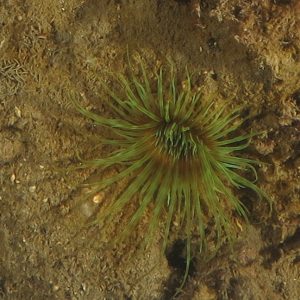Racheli Kalian
MSc candidateDeep MedRachelik121@gmail.com+972507175206Project: Bioacoustics of coral reefs in Eilat Facebook Academic Education:BSc – Marine Biology, Ruppin Academic Center (Michmoret),Israel (2016-2019)MSc candidate– Marine Biology, University of Haifa, Israel (2022-present)Background:Racheli has started her MSc with Professor Dani Tchernov, and Professor Yossi Yovel from Tel Aviv University, as part of the Deep MED Research Lab. Before beginning her masters, she participated in several marine biology internships in research stations abroad, having additional personal projects in…
Beverly Goodman-Tchernov
Beverly Goodman-Tchernov blends archaeology, geology and anthropology to explore the complex ways nature and humans interact on coastlines. Her work concentrates on the causes and effects of ancient environmental events like tsunamis and floods in an attempt to better understand what risks are present today and how broader climate-linked trends, such as sea-level change and fluctuations in precipitation, can be recognized in the sedimentary record. As coastal populations increase exponentially, and sea levels continue to rise, these concerns become more acute.
Eynav (Navi) Cohen
Navi started her Ph.D. with Professor Dani Tchernov and Dr. Aviad Scheinin as part of the Marine Apex Predator Laboratory at the station. During her masters, she was the first to construct of a nucleic data set for O. quekettii (endolithic algae). Identifying the true genotypic diversity of the Ostreobium genus provided an important step toward understanding its symbiotic relationship with its host, the stony coral.
Database hub
The long-term ecological research conducted by the Morris Kahn Marine Research Station is of paramount importance with the onset of increasing water temperatures and the influx of invasive species from the Red Sea. The station has divided its prescient research into five sub-divisions: Apex predators, Water chemistry, Rocky reefs, , Fish pathogens ,and Sediment microbiome. Navigate between the data divisions and download what you need.
Blood Slide Data
As part of our long-term monitoring of sharks in Hadera, we take blood from the caudal fin through venipuncture. Around 10 μl of blood is used to make a blood slide (also called smear), which is stained using Diff Quick. The cells are then analysed through a microscope at 40 or 100x resolution, and a simple White Blood Differential (WBC count) is calculated (types and amount of wbc in the blood). If…






